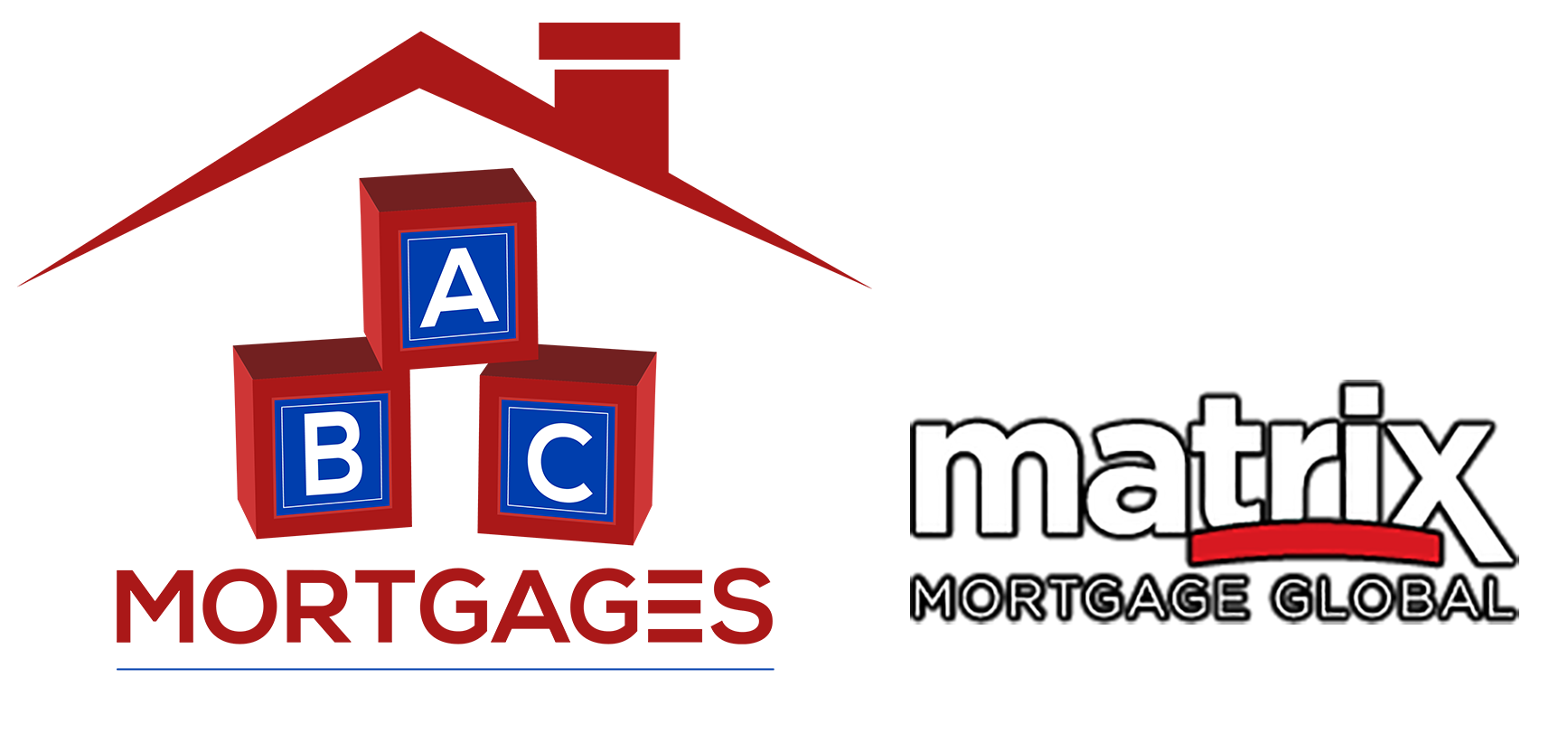Home equity line of credit (HELOC) rates for September 2022
HELOCs, or Home Equity Line of Credit, are loans that enable you to borrow funds against your home’s equity- the present market value of your home minus your remaining mortgage balance. When you secure a HELOC, you can withdraw the funds available in instalments as you need them, and pay interest only on what you’re using. According to Bankrate.com, the average rate on a 10-year HELOC is 6.16%, while the average rate on a 20-year HELOC is 7.24%. If you are planning to apply for a home equity line of credit loan in Toronto, then you can consider getting in touch with ABC Mortgage. They will be more than happy to help.
What is a good HELOC rate?
Several factors can play a crucial role in your HELOC rate. Among them are
- The present prime rate
- your credit score
- and the lender’s appetite for home equity lending.
One of the best ways to discover whether you’re being quoted a good HELOC rate is to apply with several lenders. By doing this, you will have the option to compare several HELOC offers. Some lenders may offer a low promotional HELOC rate, which can go up after a set number of months. These so-called “teaser rates” can be nice, but you should pay attention to what the interest rate will be after the promotional period comes to an end. Some average HELOC rates are below:
- Jan 18th 2022-, 4.354%
- Feb 28th, 2022- 4.196%
- April 19th, 2022- 4.57%
- May 16th, 2022 -4.87%
- September 19th, 2022- 6.16%
Some features of a Home Equity Line of Credit in Toronto
All HELOC loans are different. When you are applying for one, you should always keep an eye on the features of any HELOC that you’re considering taking out. Here are some of the features that can differ between different Home Equity Line of Credit products:
- Minimum and maximum amounts: You should know that the minimum amount of a HELOC varies from lender to lender. The maximum loan amount that you can get is calculated as 65% loan-to-value (LTV) of your home.
- Revolving line of credit balance: HELOCs can be described as a revolving line of credit. This is because you can borrow multiple times within your HELOC account for any amount till the allowable credit limit does not require writing a new loan document. You will have the option to increase the credit limit as well as the equity in your home grows.
- Sub-divide lines: It is possible that you can divide up your HELOC into smaller parts by investing in the stock market. In such a case, the interest that you pay on borrowed money is tax-deductible. So, if you have a separate account, it can make it easier to track your financial assets, in this case, your money.
- Option to convert to fixed interest rates: With a home equity line of credit, you can sometimes have the option to convert a portion of your outstanding borrowed loan funds to a fixed interest rate. You can then pay it back like a standard mortgage.
- Second position HELOC: This means that you can hold your mortgage with one lender or bank and get a HELOC with another lender or bank. It is not necessarily a ‘second mortgage’, but HELOCs can often be in the second position because there is a primary mortgage on the property at the time. However, you can have a HELOC in the first position.
Will HELOC loans go up?
Rates on the home equity line of credit are tied to the prime rate, which in turn is indexed to the federal funds rate. The Federal Reserve sets the term of the federal funds rate. When the federal funds rate rises, the prime rate goes up, and your HELOC rate will follow. Vice versa, when the Fed cuts the federal funds rate, the prime rate decreases and so does the HELOC rate. If you want to know more, then you can contact ABC Mortgage in Toronto for all the details.
